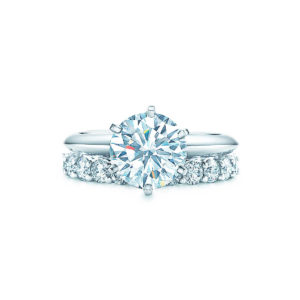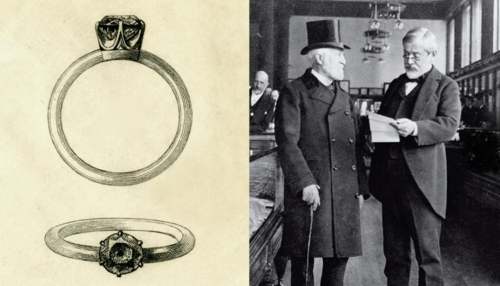
In 1886 Tiffany & Co. developed a special solitaire six-prong setting to maximize light return on a diamond ring. This plain-band setting has come to be known as “the Tiffany setting.” This setting is distinguished by the knife edge of its band and the curved design of its prongs. It is a variant of the standard prong setting and one of the most sought-after settings because of its aesthetic look and durability.
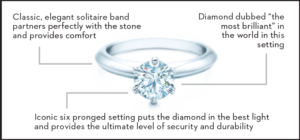
The aim of this setting is to raise the gemstone higher in the mount and allow as much light as possible to enter the diamond’s surface and hence show more sparkle and brilliance.
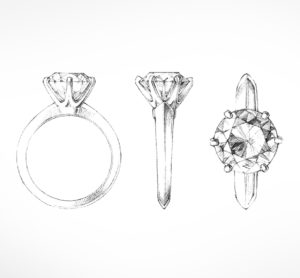
The term “Tiffany setting” has been trademarked by Tiffany & Co and therefore this ring is often advertised by other companies as “a multi-prong solitaire setting”. Prior to the invention of this style, diamonds tended to be set in bezel settings – secure, but obscuring the bottom of the stone.
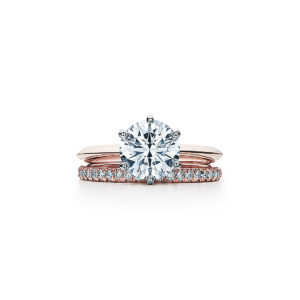
This setting can have three, four or six individual prongs welded or soldered into the band. Fewer and thinner claws will show off the stone to better effect. However, the more the diamond is exposed the more vulnerable it will be to damage or accidental loss. For this reason, if you are opting for a more delicate style, with thinner and fewer claws, you should regularly check that the diamond is firmly set and secure.
